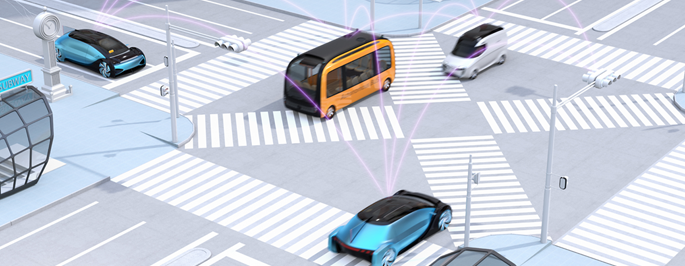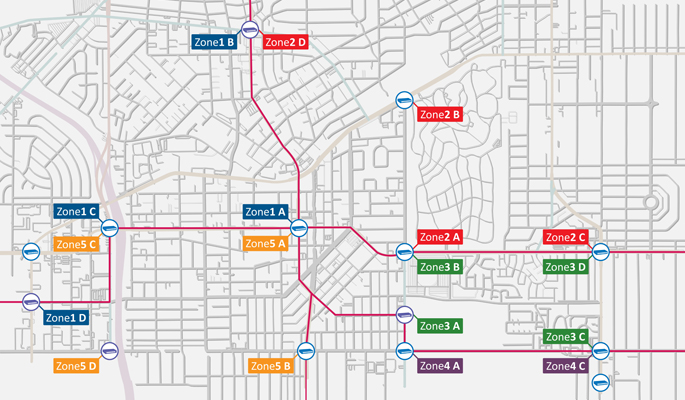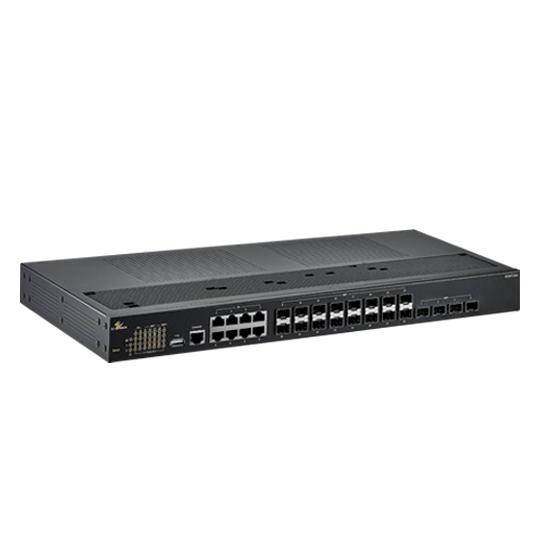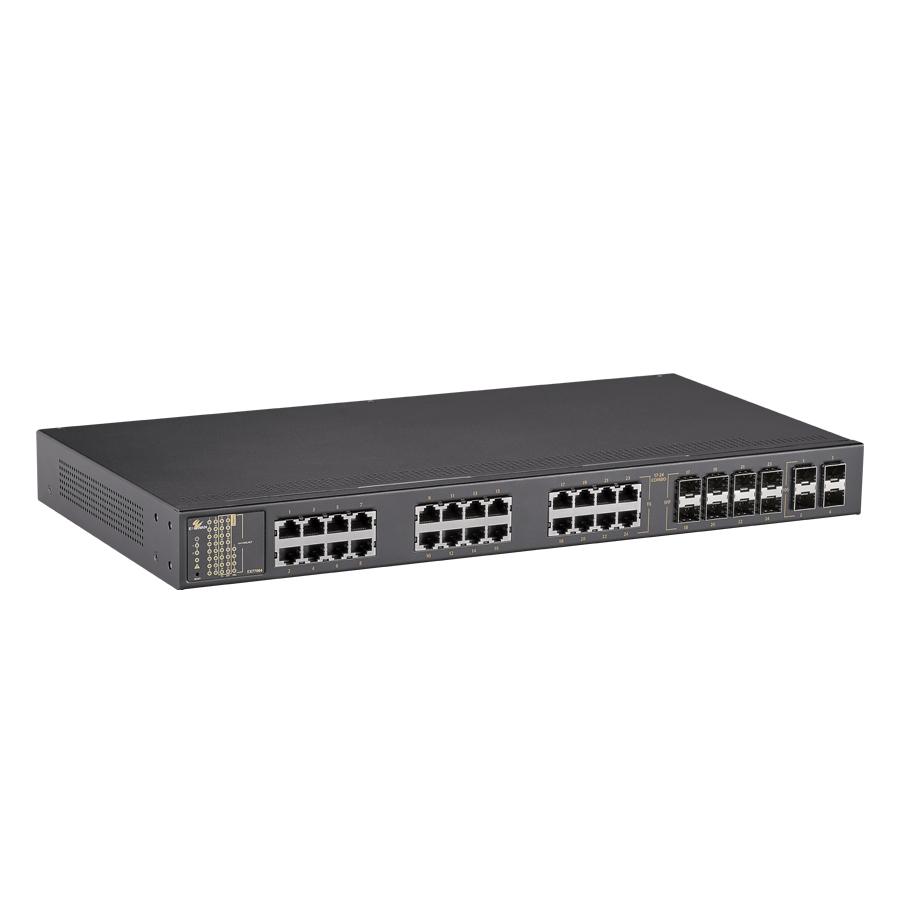Powering and Enabling Modern Intelligent Transportation Systems

Background
A buzzing metropolis in California is home to professional sports teams and major sporting events. In order to improve traffic flows and safety for the city's major roads, the decision was made to expand the existing central traffic control system.
A major goal was to become the first city in the region with an Intelligent Transportation System (ITS) supported by a 10G network backbone. The city's upgraded network infrastructure was designed to support 10G and provide several layers of redundancy.
The city's network utilizes the Open Shortest Path First (OSPF v2) protocol to effectively route the data between multiple fiber paths to the traffic management center (TMC) without compromising the bandwidth. Additionally, the city's intersections are connected in such a way that faults on fiber conduits, aggregation points, or TMC failure will have a backup path.
The Challenges
Security for this project was a major priority. A secure RADIUS authentication protocol was required on all deployed switches to verify the access to pre-approved network devices. Additionally, multiple layers of network redundancy were required to ensure continued availability of the network in case of a device or path failure.
The Network Solution
EtherWAN assisted in the design of the master Intelligent Transportation System (ITS) plan and technical implementation of VLANs, Multi-cast routing, OSPF, and redundancy for the city's ITS network, consisting of close to 200 signalized intersections.
The network was designed so that it is segmented into 5 zones. This approach is to limit the number and severity of broadcast storms and flooding, which can degrade network performance. Segmentation into zones also improves security. An easy and logical IP scheme was implemented to follow the zone structure.
In the solution, each traffic intersection has one network switch, and each zone has four hubs. Each intersection is connected to two hubs for redundancy. A 10-gigabit switch is installed between each hub, to manage the large amounts of data from video surveillance cameras. The Virtual Router Redundancy Protocol (VRRP) is used for redundancy on the Layer 3 switches in the network.

The following EtherWAN products were employed to build out this network:
► EG97000 28-Port Hardened Managed Layer 3 Switch for connecting hubs and routing between zones and the TMCs
► EX77964 Lite Layer 3 Hardened Managed 24-port Gigabit and 4-port 1G/10G SFP+ switch for the intersections to the hubs
Conclusion
Modern ITS systems are able to provide new services and management capabilities for urban transport networks. EtherWAN has demonstrated that it can deliver integrated solutions that provide not only the capacity required by large networks, but also accommodate future upgrade needs, while satisfying the security and redundancy requirements for critical traffic infrastructure.
Related Products:
EtherWAN – " When Connectivity is Crucial "
► For more information, please contact: info@etherwan.com.tw







